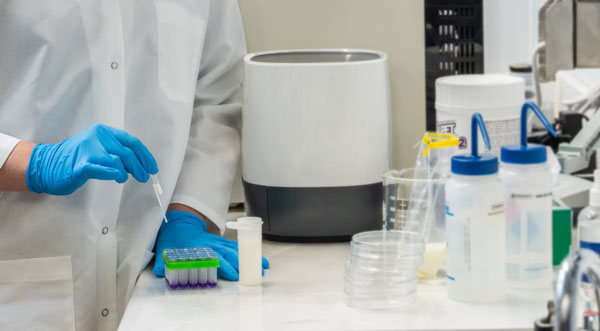
Maintaining accurate, up-to-date data is critical to producing safe, quality products in a food processing facility. Many tools can be used to track vital data, with strip charts being one of the simplest and most popular.
A strip chart is a type of chart that presents a set of data on a single sheet. Like other charts, strip charts can assist in visualizing collected data so you can track its progression over time while looking at a single sheet. They are an excellent option for representing data when the sample size is small enough to highlight individual points.
Strip charts are simple and easy to read, unlike more complex charting options. This makes them useful in food processing facilities where many people use different machines and appliances.
A strip chart is an immeasurably useful tool in food processing. An example of strip chart usage in food processing is tracking the temperature of a refrigerator or freezer. When the temperature is taken at consistent intervals and logged onto a strip chart near the appliance everyone can see the recent history of that machine. This helps maintain consistent and safe temperatures, as well as track temperature changes over time allowing you to intervene before the appliance malfunctions and jeopardizes your bottom line.
Applications are endless for strip charts in food processing plants. This simple charting system is also used to track things like pressure, flow rate, and pH. If a machine or appliance operates within certain parameters, a strip chart can help in maintaining those parameters.
This simple tool can ensure that food processing is always operating within safe parameters and gives you the chance to catch appliance errors or breakdown before it impacts the product and your bottom line.
Enhance your food safety culture with Nelson-Jameson’s experts—covering everything from environmental monitoring to process controls.

Simplicity: A strip chart's simplicity allows numerous people to use and understand it. This allows for more accurate information and interpretation. By limiting the data points, a strip chart allows information to be tracked and digested more easily.
Fast: Logging a temperature or flow rate on a strip chart is quick and efficient, making it more likely that those measurements will be taken in consistent intervals making your food processing facility safer.
Intuitive: The simplicity of strip charts also makes them great tools for identifying trends. Because the historical data of one measurement is right there on one page, you can easily identify trends and intervene before a machine malfunctions and impacts the product. If a machine does malfunction, the strip chart will give you enough historical data to figure out when it was last operating within designated parameters, which can help in identifying what product was impacted.
Strip charts are an important tool in maintaining a safe and profitable food manufacturing facility. The simplicity of this charting tool allows for fast, accurate documentation as well as simple interpretation that can save you from product malfunctions and recalls.
Find the right strip chart for your appliances on the Nelson-Jameson site or contact us for more information about strip charts or your food safety needs.

December 10, 2025
What is OSHA's Regional Emphasis Program (REP) for the food manufacturing industry? The OSHA Regional Em...
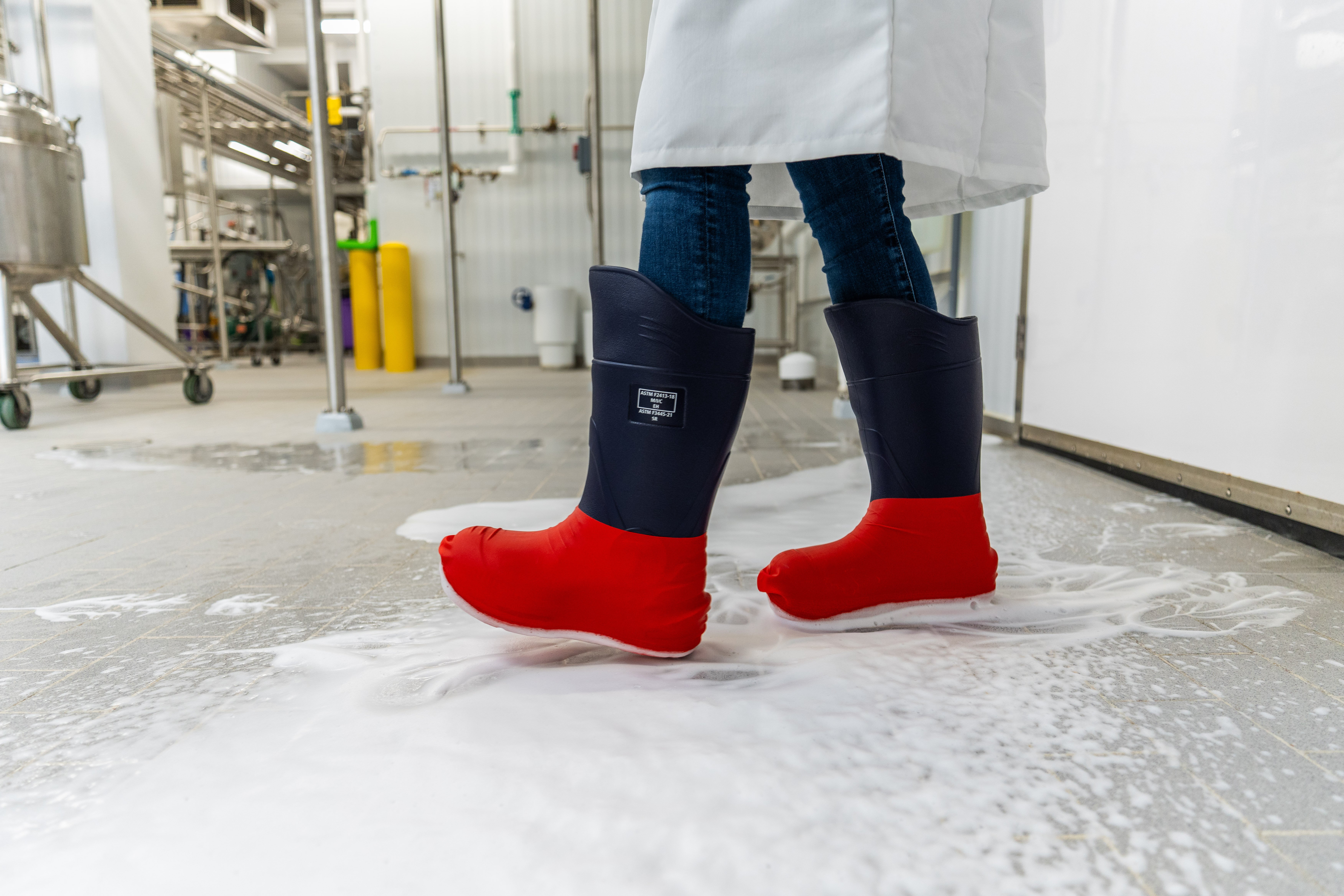
December 8, 2025
There is a fundamental connection between worker safety and food safety: A failure in worker safety can ...

December 1, 2025
Nelson-Jameson understands that efficiency and worker safety are equally important goals in food manufac...
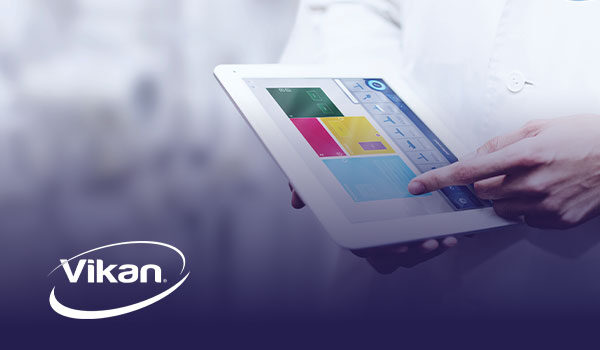
Recognize and address possible hygiene and sanitation challenges based on the cleaning and material handling equipment available in your facility.
Through a discovery call, virtual, or on-site assessment, Vikan SQF Practitioner certified specialists will assist in confirming that your system and cleaning tool inventory aligns with your risk management objectives while pinpointing any missing tools and enhancing maintenance and usage practices. Evaluate whether your existing tools are utilized in the most effective manner, or determine if a more suitable tool exists for the task at hand. Ensure that your tools comply with all relevant standards and regulatory requirements. Site evaluations encompass a summary survey, an overview of the location, a color-coded factory layout plan, product suggestions, a recommended order form, and a proposal for a follow-up survey.
Food Safety, Sanitation, Cleaning Tools, Color Coding
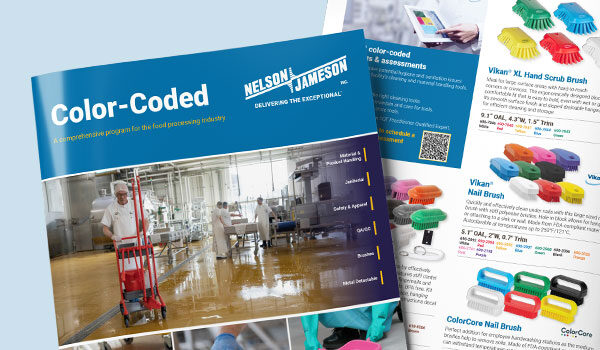
This is a comprehensive program for the food processing industry. Nelson-Jameson brings together the most extensive collection of color-coded products for material handling, product handling, janitorial, safety, apparel, QA/QC, and metal-detectable applications. With the right pieces, a color-coding system is a powerful tool in preventing cross-contamination of allergens and food-borne illnesses that can lead to sickness or expensive product recalls.

Food Safety, Sanitation, Cleaning Tools, Color Coding

Food Safety
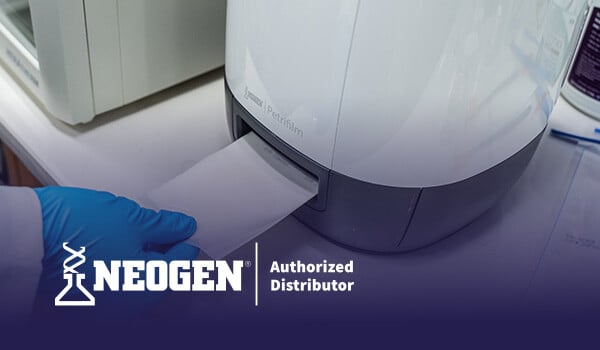
Get Petrifilm Certified through our complimentary immersive workshop for managers, personnel, and teams. The workshop offers practical knowledge through hands-on training and networking with industry professionals and experts. Attendees gain an in-depth understanding of Petrifilm technology and valuable insights into effective environmental monitoring practices. Participants leave with a certification and a wealth of resources that can significantly contribute to elevating their plant's quality control standards.
Food Safety, Sanitation, Laboratory